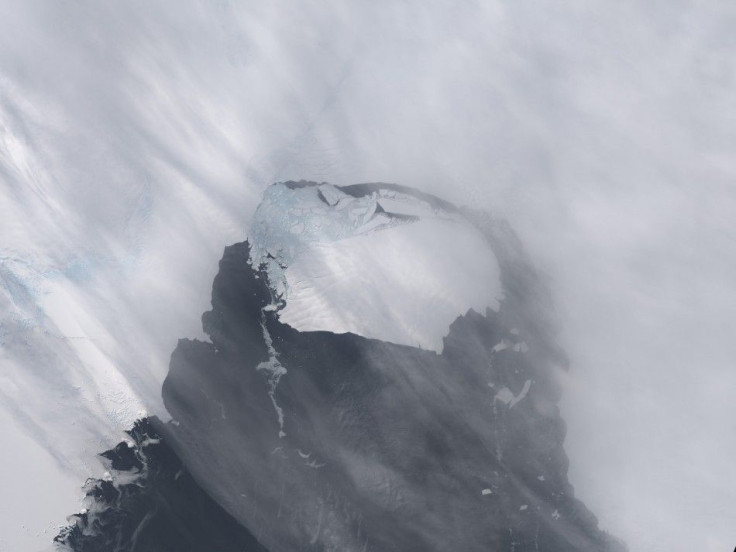Glaciers Off Western Canada Could Be A Gone Thing By 2100

By 2100, what remains of Western Canada’s glaciers could be gone, a study published in the journal Nature Geoscience said. The study noted the glaciers could shrink by as much as 70 to 90 percent, and most probably affect sea levels, water availability as well as water quality.
The study, conducted by researchers from the University of British Columbia, the Pacific Climate Impacts Consortium, as well as the University of Iceland, said 70 percent of Alberta and British Columbia’s glacier ice will melt away within the next 85 years. The Columbia Icefield in Jasper National Park is found in this region and attracts over one million visitors annually. Moreover, the melted glaciers from Rocky Mountain goes through the Columbia River, which then flows through Canada and the United States, supplying the two countries’ drinking water requirements.
Researchers further noted that even if nations finally agree on a climate deal in December in Paris, the flow of meltwater from the glaciers into the oceans will still peak within the next 20 years due to the rapid melting rate seen to happen in the next couple of years.
Professor Garry Clarke of the University of British Columbia said the glaciers are melting by about a metre a year, which meant melting isn’t easily determined or seen. “Most glaciers are only 100 to 200 metres thick. They’re losing volume but this loss we’re seeing right now is a bit hidden,” The Independent quoted Clarke. But the melting is unstoppable and soon, some of the mountains in the northwest corner of British Columbia province “could look like those of Colorado or California.”
The world has about 170,000 glaciers. Most are melting but at varying speeds, others disappearing faster than the others. Canada’s British Columbia and Alberta have 17,000 glaciers. They are an important source of hydroelectric power and water supply.
"Over the next century, there is going to be a huge loss," Clarke said. "The glaciers are telling us that we're changing the climate."
To report problems or to leave feedback about this article, email: e.misa@ibtimes.com.au.






